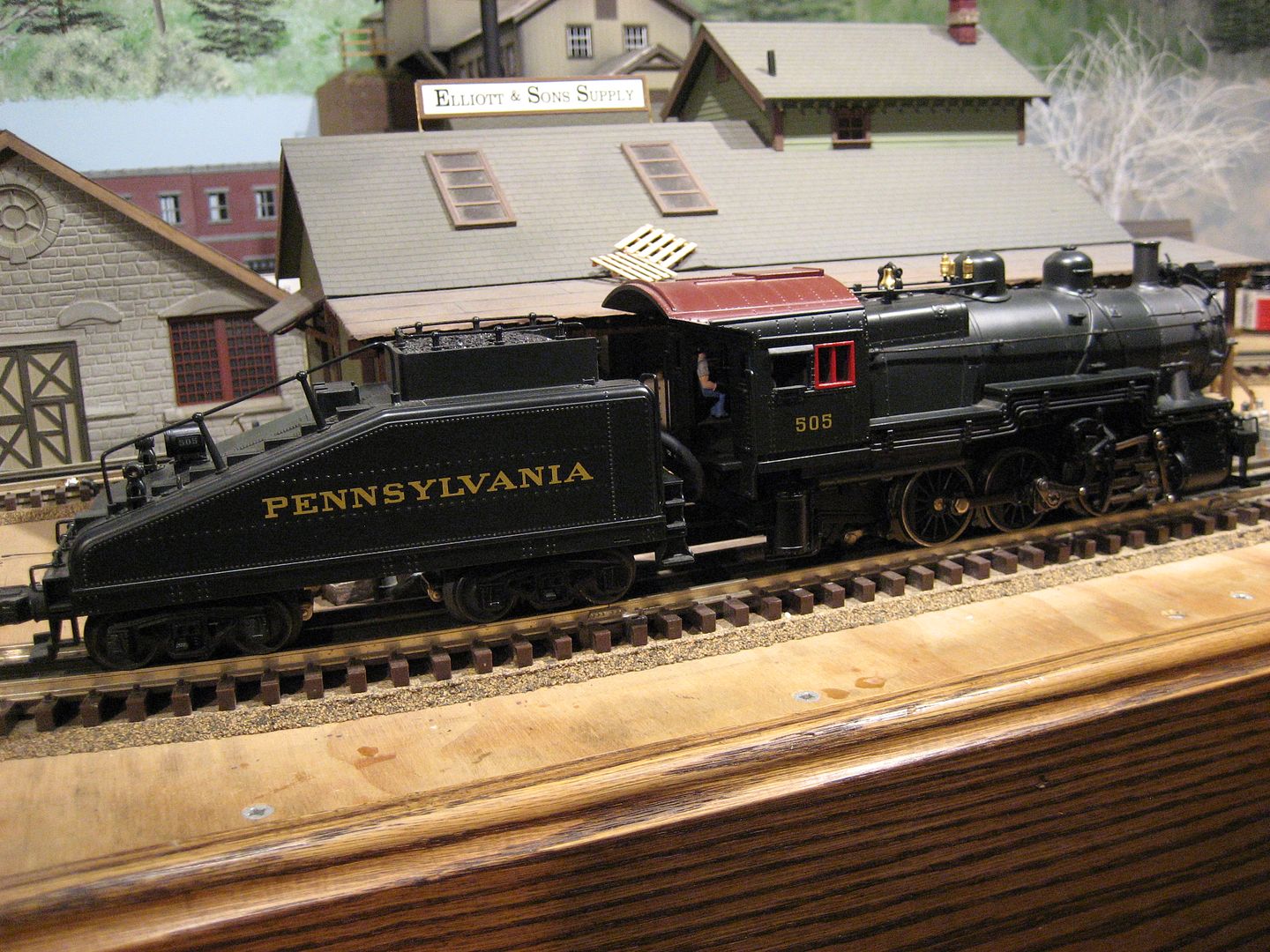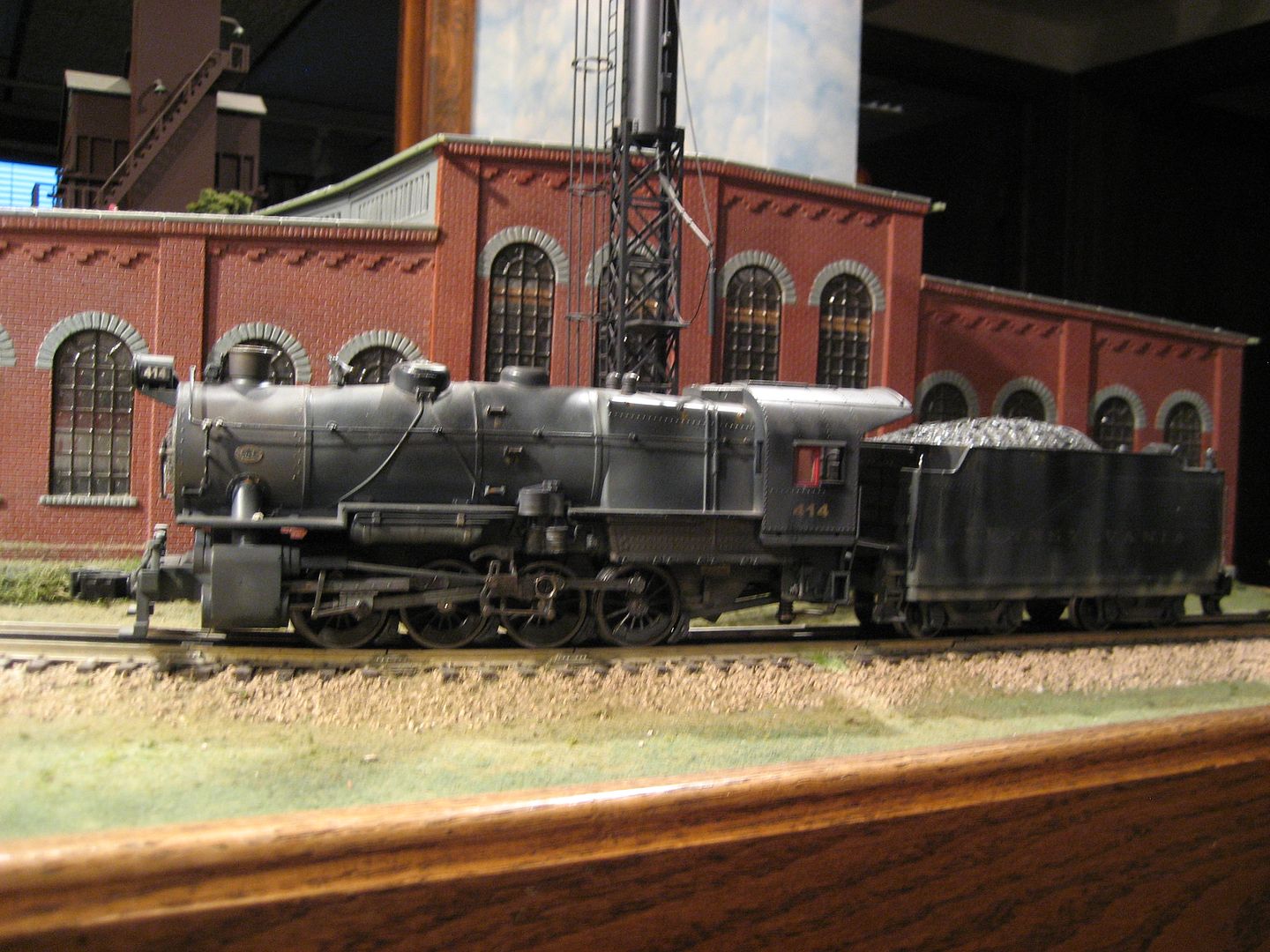I don't know about the MTH model.
Weaver did PRR H10 and L1 in both 2 and 3 rail that is decent in my opinion. They both have slightly too long pilot decks probably to accomodate the 3 rail version. This is not hardly noticable on the H10, a little more so but not that bad on the L1. On both locos I replaced the pilot wheel with a larger one to fill the space. On the H10 especially it was undersized quite a bit. I used a 36 inch wheel and it looks quite nice. On the L1 I just replaced the pilot axle with an athearn one with delrin wheels to avoid the metal ones hitting the frame on curves. The H10 comes with a "lines west" tender. the mikado comes with the tender most commonly seen on these.
Central Locomotive Works (CLW) offered a kit to build an H10 and either tender was available. with the kit. These locos often show up at shows for sale built up, some quite nicely done. One caveat, test run it. I have heard it said that quite a few have a lurch in the get-a-long if not assembly properly.
Both USHobbies and MaxGrey imported L1s. I have a USHobbies one. It is Quite nice and a very robust mechanism. Once run in, it runs very smoothly.
Recently Sunset imported an L1 model with a higher level of detail. This is a very nice looking model.
Also, if want smaller, sunset some years ago imported a model of a modernized H6 2-8-0. I have one of these too, and I really like it. It pulls very well for a small loco (25 + on level track) and runs smoothly. The detail is very nice. Again these show up at shows for sale. Sunset did 3 different numbers.
An outlier is a Light USRA mikado. Pennsy had 30 of these when the Federal Gov had control of the RRs. I think they were mostly west. They sold off all but 6 when the company was back in private control. Those 6 were assigned to the southern Ohio area I think a line referred to as the Little Miami line. I think this is too rare to represent pennsy practice.
Finally in the late steam era after WWII the difference between lines West and Lines East pretty much vanished. Power was assigned and moved around quite a bit and there were no longer Lines West and Lines East locos by style. For example a lot of H10s migrated east and H9s and H8s moved west. So in that era it would not in my opinion be necessary to find a loco specifially detailed for Lines West.
If you want to be very accurate, search for an MP 229 report for some time in the era you want. this was a list of motive power assignments for maintainence put out monthly. If locos were assigned to a given roundhouse for maintenance, it is highly likely it spent at least some of its time working that area.




/slides/IMG_5917.JPG)


 K-Line B6 0-6-0
K-Line B6 0-6-0 



